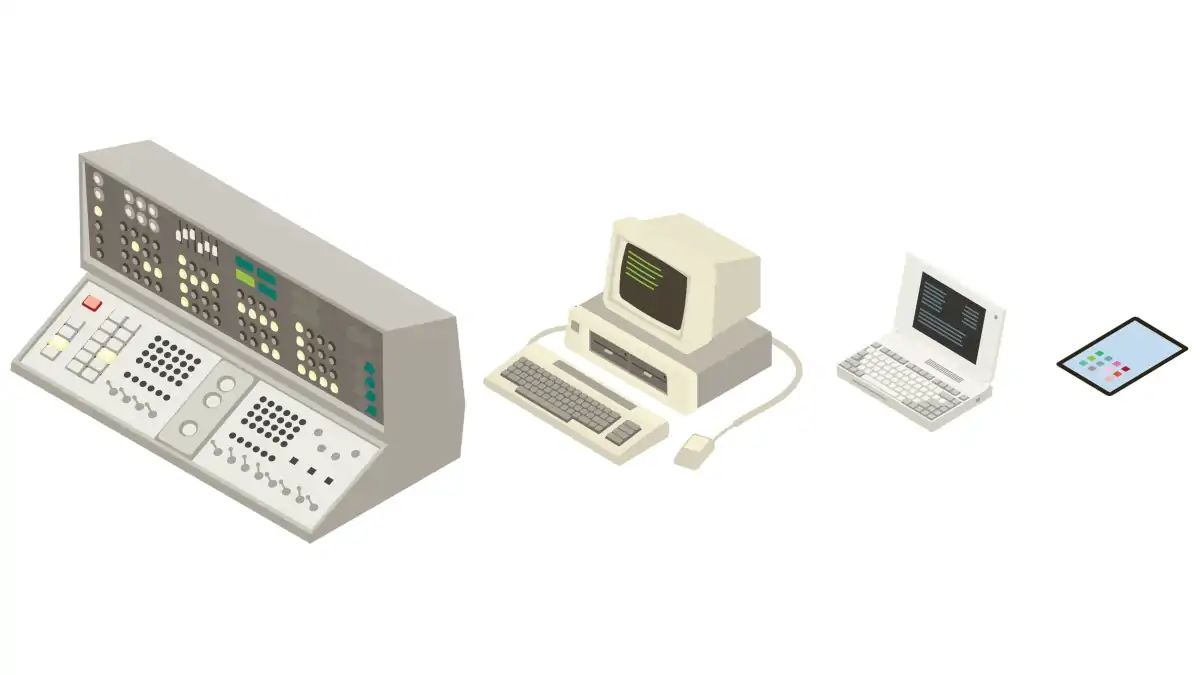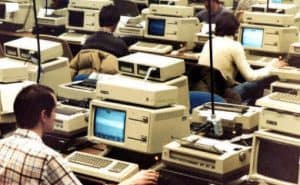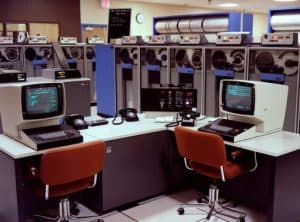The History of Networking since the early times of computers.
Computer Networking history
Because networking is such a broad and complex field, no single event represents its point of origin. We can think of the 1960s as the early period, however, because that’s when the digital computer began to significantly affect the lives of ordinary individuals and the operations of businesses and governments.
For example, during that decade the Internal Revenue Service (IRS) began to use mainframe computers to process tax returns. In this section, we’ll survey the development of networking and related communication technologies and standards from the 1960s through the 1990s.
-
The Time Traveler’s Guide to Software Development
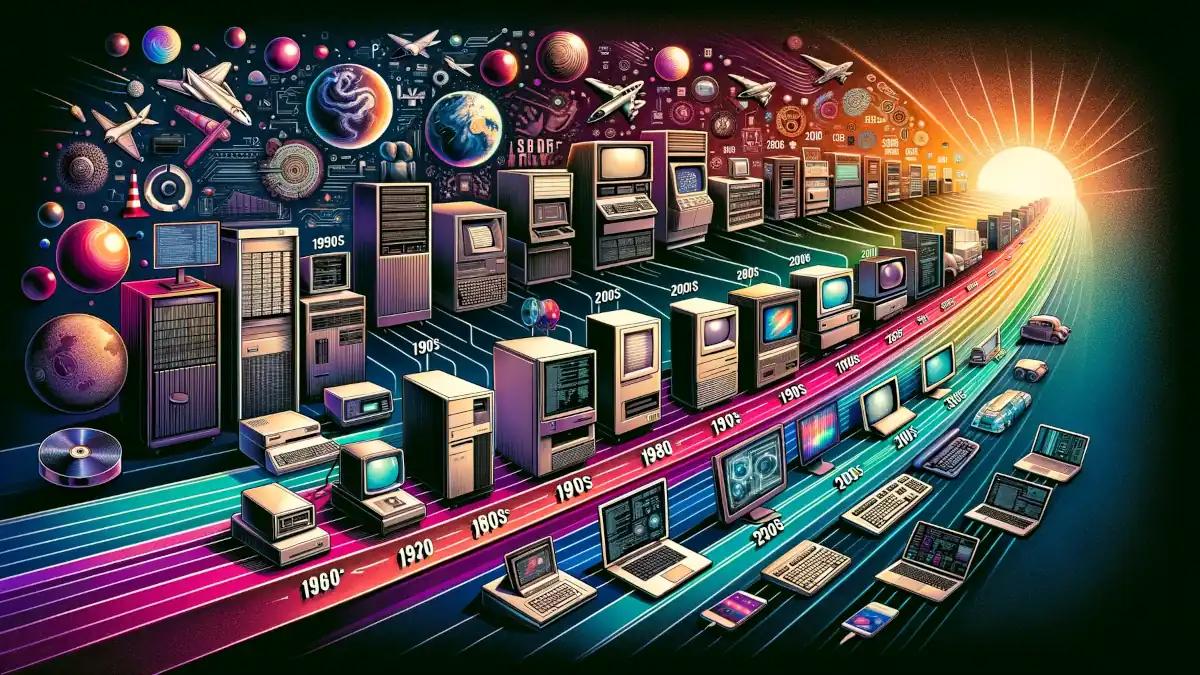
Join us on a unique journey through time, witnessing the transformation of software development methodologies from the 1960s to the present day. Discover how shifts from Waterfall to Agile have revolutionized the industry, offering insights through the engaging perspective of a time traveler.
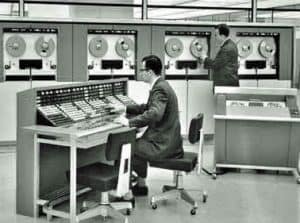
The quality and reliability of the PSTN increased significantly in 1962 with the introduction of pulse code modulation (PCM), which converted analog voice signals into digital sequences of bits. Read more
In the 1980s, the growth of client/server LAN architectures continued while that of mainframe computing environments declined. The advent of the IBM PC in 1981 and the standardization and cloning of this system led to an explosion of PC-based LANs. Read more
While the 1960s were the decade of the mainframe, the 1970s gave rise to Ethernet, which today is by far the most popular LAN technology. Ethernet was born in 1973 in Xerox’s research lab. Read more
The 1990s were a busy decade in every aspect of networking, so we will only touch on the highlights here. Ethernet continued to dominate LAN technologies and largely eclipsed competing technologies such as Token Ring and FDDI. Read more
